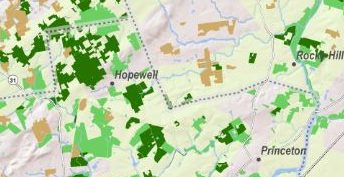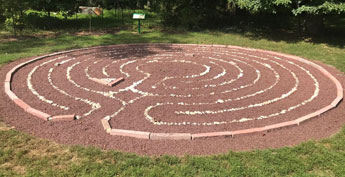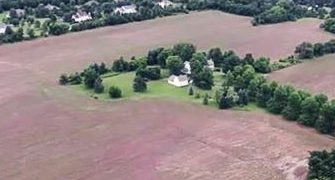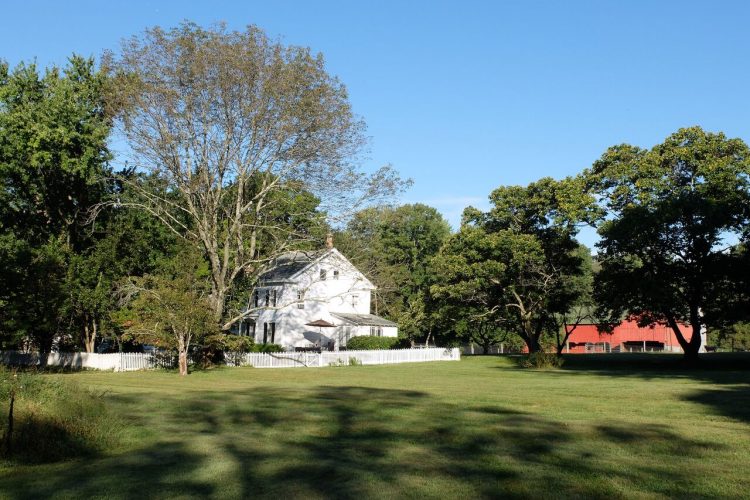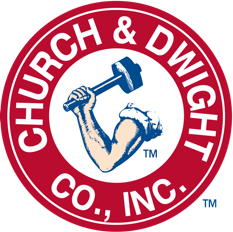 Princeton, N.J.— D&R Greenway Land Trust marks a major milestone—the 20,000th acre has been preserved, with the recent deal to save an historic Sourlands farm from development.
Princeton, N.J.— D&R Greenway Land Trust marks a major milestone—the 20,000th acre has been preserved, with the recent deal to save an historic Sourlands farm from development.
“Our 20,000th acre was not the easiest one to preserve but it was one of our most remarkable success stories,” said D&R Greenway President & CEO Linda Mead about the deal, which required complex planning under a tight deadline.
The historic Schwinn farm on Hopewell-Amwell Road in Hopewell Township dates back more than 200 years and will include about 20 acres open to the public. Its trails will connect to a large network of neighboring protected lands.
In the months between May and September 2017, D&R Greenway put together a lightning-fast deal to preserve it.
The farm has been in existence since at least the late 18th century. Under its last owners, who worked with D&R Greenway to preserve the farm, it had become home to sheep that grazed the green hillsides. Their lives were immortalized by Ruth Schwinn in two children’s books she authored (Henry the Lamb and Henry and Dale).
Now the farm, nearby the historic Lindbergh estate and D&R Greenway’s 700-acre Sourlands Ecosystem Preserve, will be here forever.
Saving the 116-acre property, in the northeast corner of Mercer County, catapulted the total acreage that D&R Greenway has preserved since 1989 to more than 20,000 acres.
Augmenting the Sourlands Landscape
The Schwinn farm adds to an extensive mosaic of preserved woods, meadows and farms in Mercer, Hunterdon and Somerset counties: a rural landscape of extraordinary beauty and rich history. It’s a landscape that we can enjoy at our own pace, on two legs. About 20 acres of the Schwinn property will be open to the public, with trails that connect to a large network of protected lands.
The property contains headwaters of the Bedens Brook, in the Millstone River watershed. Its conifer hedgerows provide habitat for roosting owls, and its fields attract foraging butterflies. Contributing to the Sourlands’ 90 square miles of intact woodlands, its mature forest supports vulnerable raptors such as Cooper’s hawk, and migratory neotropical songbirds that depend on these breeding grounds.
Doing the Deal That Had to Get Done
Sandy Schwinn and his brother Gregg grew up on the property, along with a third brother. Sandy, his wife Ruth, Gregg and his wife Pat, co-owned the farm, and wanted to preserve it. But when it came time to retire, with no other family members interested in continuing to farm it, and the two couples moving out of state, the Schwinns needed to sell the farm quickly.
Luckily, the Schwinn family found the perfect preservation partner. With a September 1 deadline looming, and a development-oriented purchaser preparing to swoop in on the property, D&R Greenway rose to the challenge to get the deal done fast. The compressed time frame demanded nimble footwork to get around obstacles to conventional preservation – most significantly the absence of public funds available on short notice.
D&R Greenway brought to the table more than 25 years of expertise in complex transactions, as well as deep connections to preservation-minded individuals in the community. “In a few very short months,” Linda Mead notes, “we were able to identify a conservation buyer and arrange the necessary bridge financing, while accomplishing all the necessary due diligence to protect the property with a conservation easement.”
Ruth Schwinn expresses the family’s gratitude to D&R Greenway: “I am so glad we connected and never gave up. The farm will be a precious part of our heart forever.”
A Farm Embedded in History
Ruth Schwinnexplains that preserving the farm means keeping alive the history that is indelibly written onto the property. High on the gable end of its iconic red barn is a stone monogram carved with ‘W/A/R 1810’ indicating that it was built over 200 years ago for Andrew and Rebekah Weart (also spelled Wert). Other “crudely carved handwritten initials and dates” memorialize the lives of families who worked this land over centuries. Deeds for the farm go back prior to 1789. Among the property owners are Stouts (the farm’s first owners), Voorhees and Wyckoffs, all names associated with nearby buildings, roads and villages. Three generations of Conovers later owned the property.
The Schwinn family came into possession of the farm in 1956, one owner removed from the Conovers. Sandy and Gregg’s father, a retired executive, introduced the state’s first pheasant hatchery on the property and called it Pheasant Run Farm. Ruth relates that he also established a business in developing ecologically safe weed suppression products, for which the farm provided nursery stock.
Just south of the property on Province Line Road is the Joseph Stout house (also called Hunt House), used by General George Washington as headquarters to plan for the 1778 Battle of Monmouth.
North of Featherbed Lane was the “Highfields” estate of Charles and Anne Morrow Lindbergh. When the Lindberghs’ 20-month-old son was kidnapped in March 1932, police scoured the surrounding woods and fields for clues and interviewed neighbors. Harry Conover Jr. and his father, who farmed the property, reported that they had seen a car with doused headlights creeping down Featherbed Lane, while Mrs. Conover heard noises from her hen roosts that she assumed were chicken thieves.
Past, Present and Future on the Schwinn Farm
Ruth Schwinn comments, “When you think about the people who came before us, their blood, sweat and tears shed to preserve themselves, their families and their strongly held beliefs, you cannot help but believe preserving the property was the right thing to do. We want to thank the people who made it happen.”
To learn more, please visit www.drgreenway.org.

